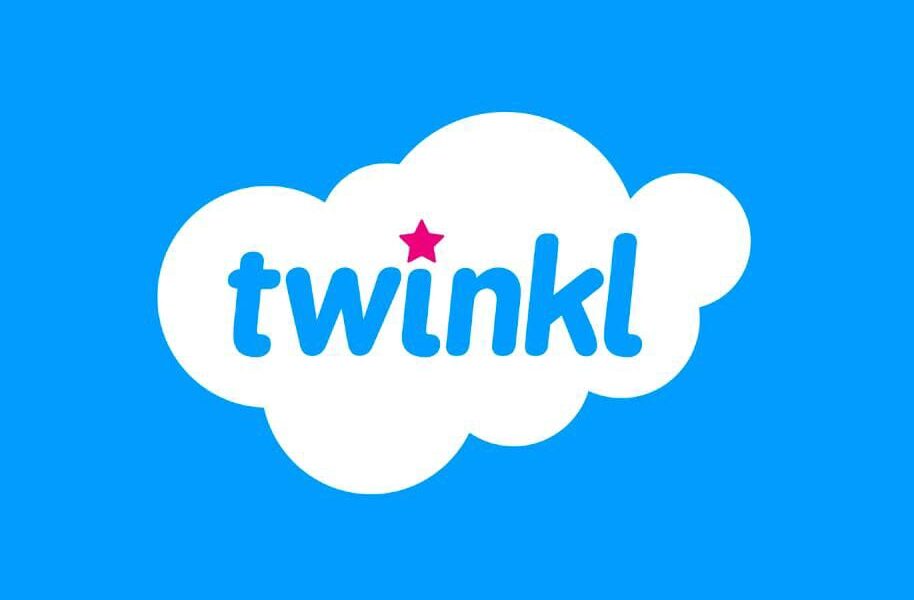The Importance of Teaching Climate Change to Primary Students


As we face the escalating challenges of climate change, it is becoming more important than ever to equip the next generation with the knowledge and tools to understand and address this global crisis. Teaching primary students about climate change not only helps them understand the world around them but also fosters a sense of responsibility and empowerment. By educating young learners, we are preparing them to become environmentally conscious adults who can contribute to sustainable solutions for a healthier planet.
Why Teach Climate Change in Primary School?
- Early Awareness Leads to Long-Term Change: Introducing climate change concepts early in a child’s education builds the foundation for a deeper understanding as they grow. By grasping the connection between human actions and the health of the planet, students can start adopting eco-friendly behaviours and advocating for change as they get older. Teaching climate change in simple, relatable terms helps instill a sense of urgency and responsibility from a young age.
- Fostering Critical Thinking and Problem-Solving Skills: Discussing climate change with primary students also promotes critical thinking skills. The issue of climate change is multifaceted, involving science, economics, ethics, and social justice. Through age-appropriate lessons and interactive activities, students learn to think about the long-term effects of their actions and understand how they can contribute to solutions. This critical approach fosters problem-solving skills and encourages kids to engage in actions that benefit the environment, such as recycling, saving energy, or reducing waste.
- Encouraging Positive Action: When young students understand climate change and its consequences, they are motivated to take action. From classroom recycling initiatives to daily habits like turning off lights, kids can make a difference in their schools and communities. By teaching them the importance of protecting the environment, we encourage them to act with purpose. These small steps can build momentum, leading to lasting positive changes in their lives and beyond.
Making Climate Change Education Fun and Accessible
Teaching primary students about climate change doesn’t have to be complicated. Making the subject engaging and interactive is key to helping students understand these big issues. Resources that incorporate games, activities, and visually rich content can make climate change feel tangible and relevant. Websites like Twinkl.ca offer a wealth of tools for educators to make climate change lessons both fun and informative.
Here are some excellent Twinkl resources to help teach primary students about climate change:
- Climate Change True or False Quiz:
This fun quiz helps students assess their knowledge of climate change and reinforces key concepts. By answering true or false questions, students can better understand the facts about climate change and differentiate between misconceptions and scientific truths. It’s a great way to engage students in a lighthearted yet educational discussion. Check it out here. - Renewable vs. Non-Renewable Resources Activity Sheet:
This activity sheet helps students understand the difference between renewable and non-renewable resources, which is central to the conversation about climate change. Understanding how energy is sourced and the importance of using renewable resources is a critical part of developing environmentally conscious habits. This worksheet is a great way for students to dive into sustainability. Find the activity here. - End Plastic Pollution Reading Comprehension:
Plastic pollution is one of the most visible impacts of human activity on the environment, and it ties directly into the larger conversation about climate change. This reading comprehension resource discusses the problem of plastic waste and ways to reduce it. It’s an excellent way to help students understand the connection between pollution and climate change while also building their reading and comprehension skills. Explore it here.
Conclusion
The future of our planet lies in the hands of today’s students, and it is our responsibility to arm them with the knowledge they need to make a positive impact. By introducing climate change education in primary school, we help foster a generation of eco-conscious thinkers and problem-solvers. Tools like those provided by Twinkl.ca make it easier for teachers to present climate change topics in a fun, engaging, and accessible way. When students are given the opportunity to learn about environmental issues in an interactive and supportive environment, they are better equipped to take action and create a sustainable future. Let’s help them lead the way!

Source: The Importance of Teaching Climate Change to Primary Students




